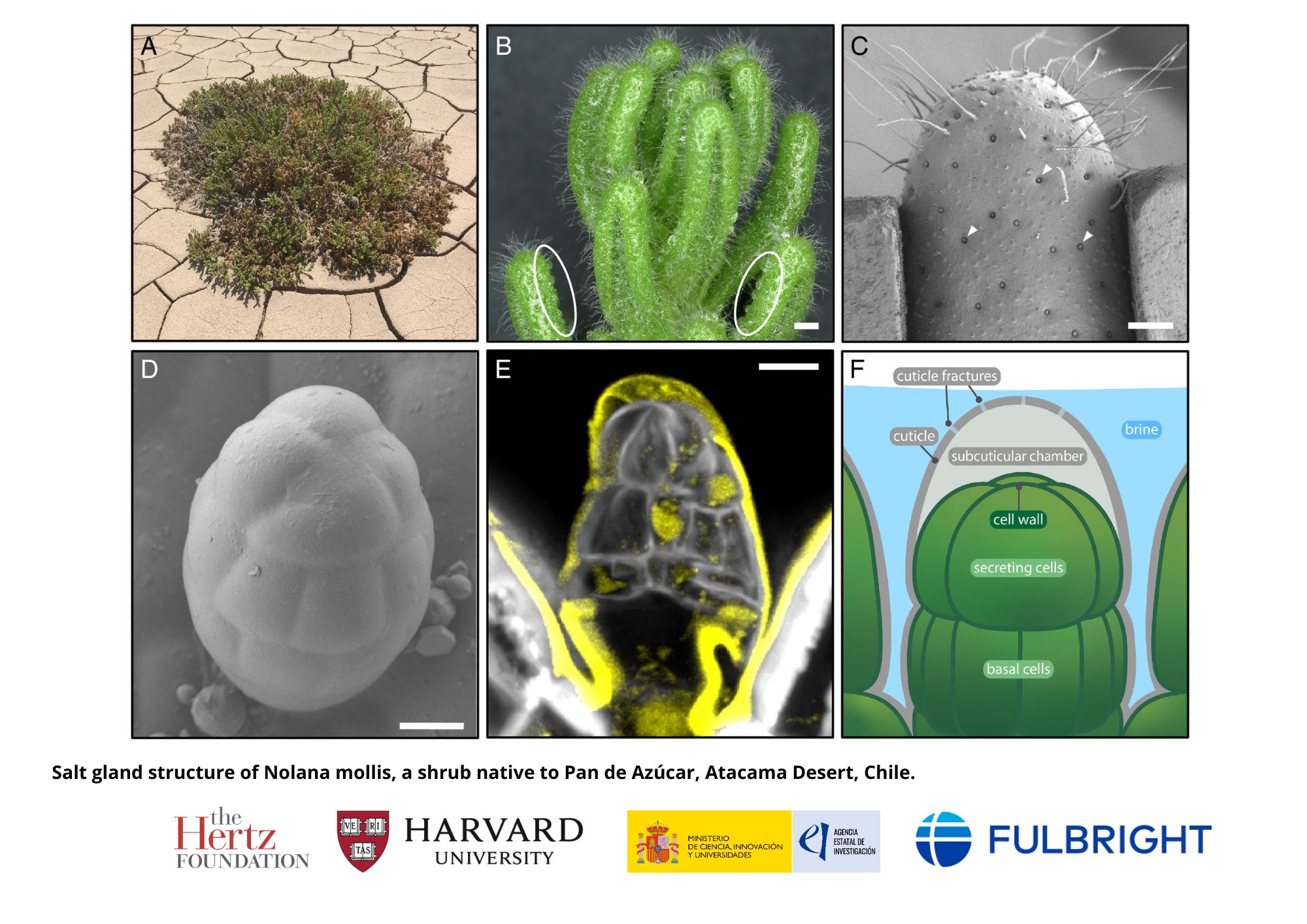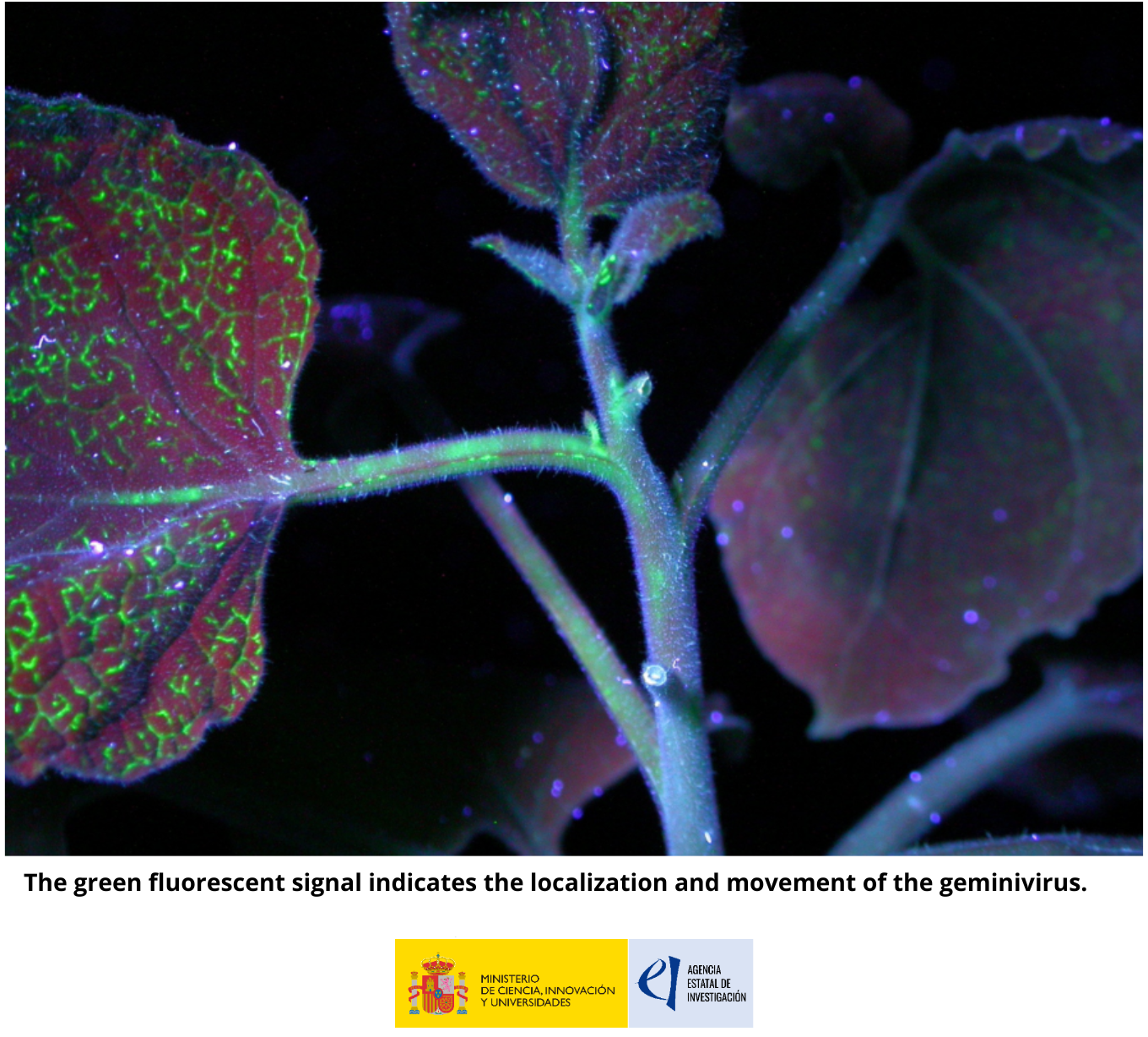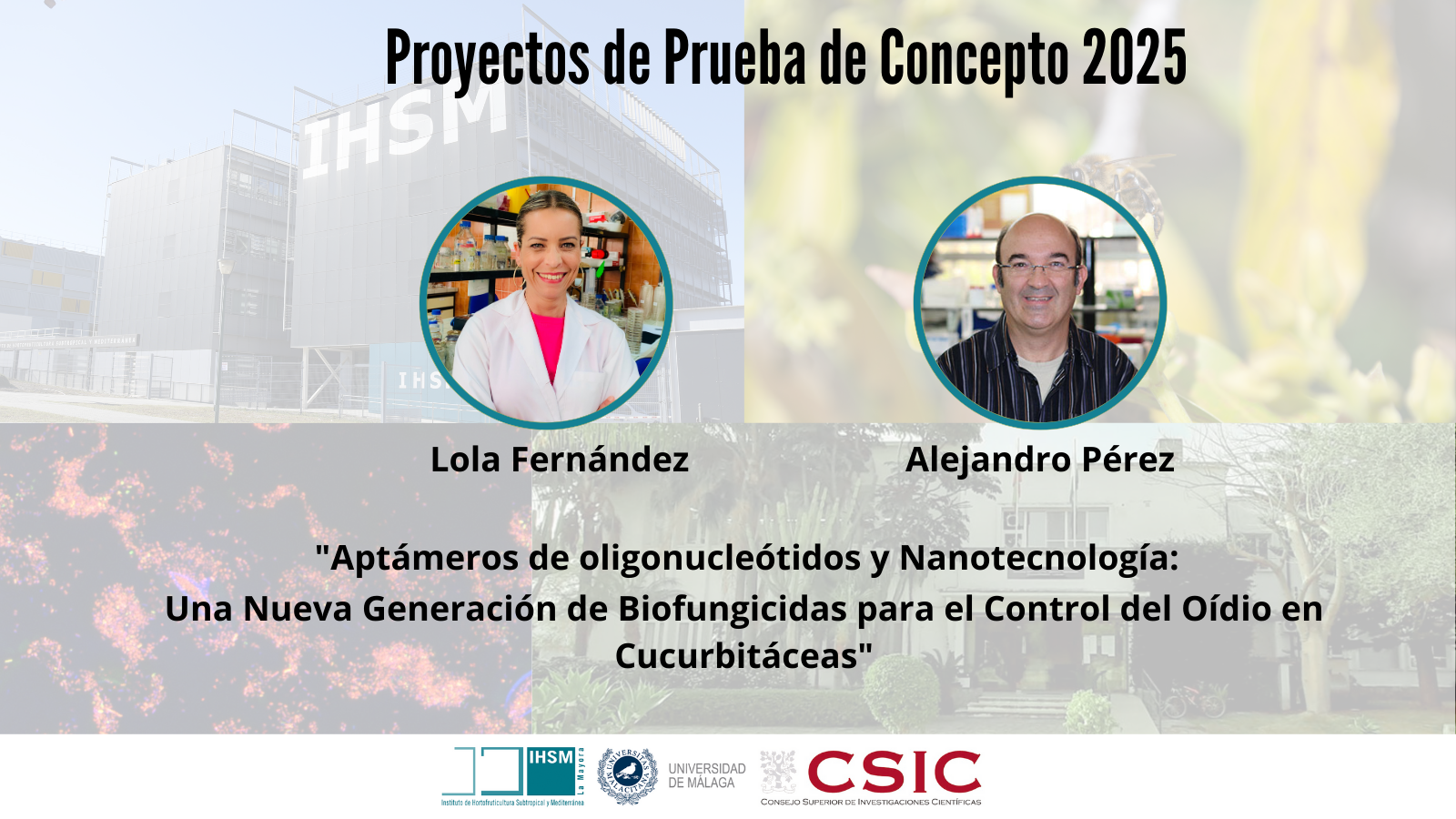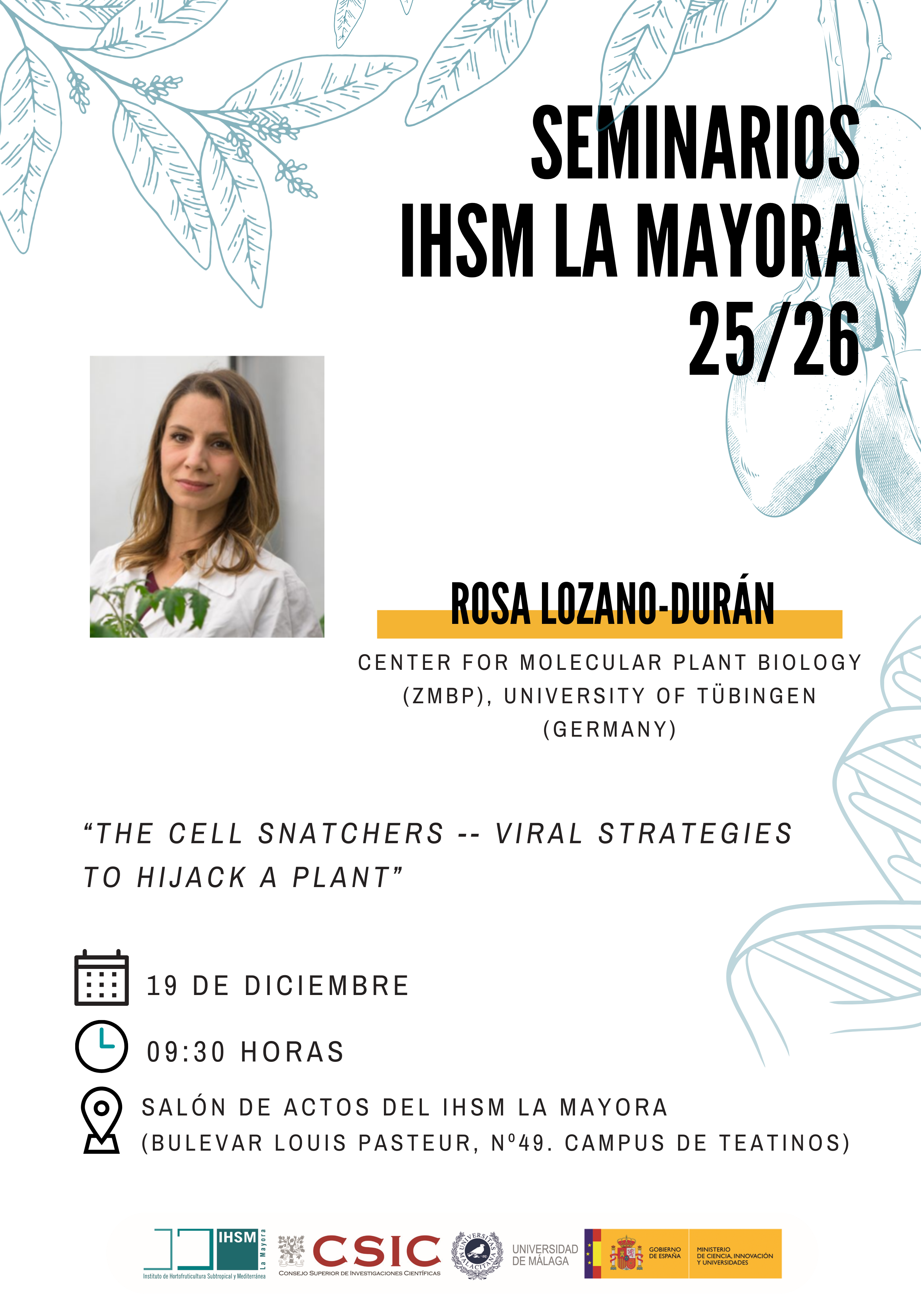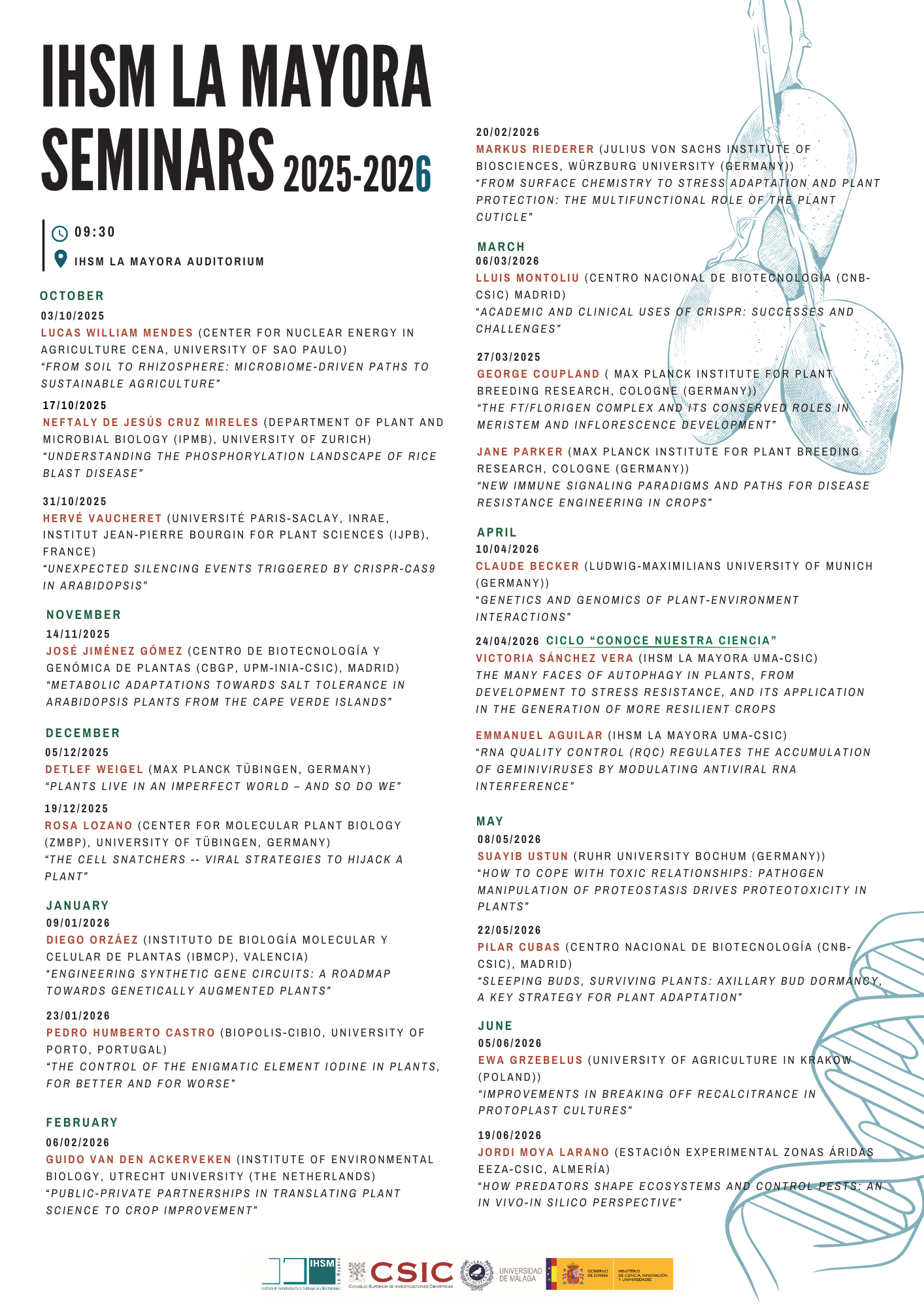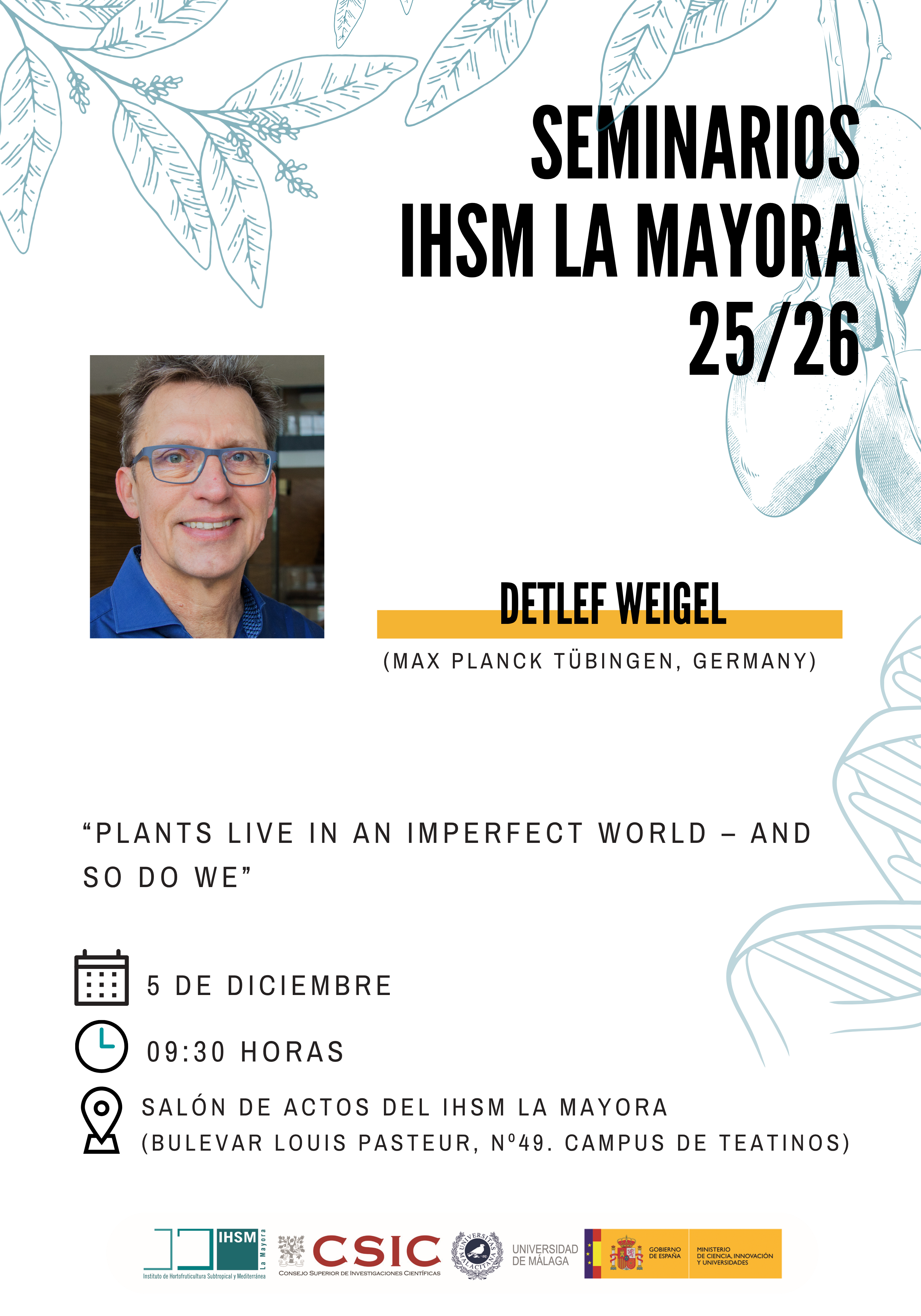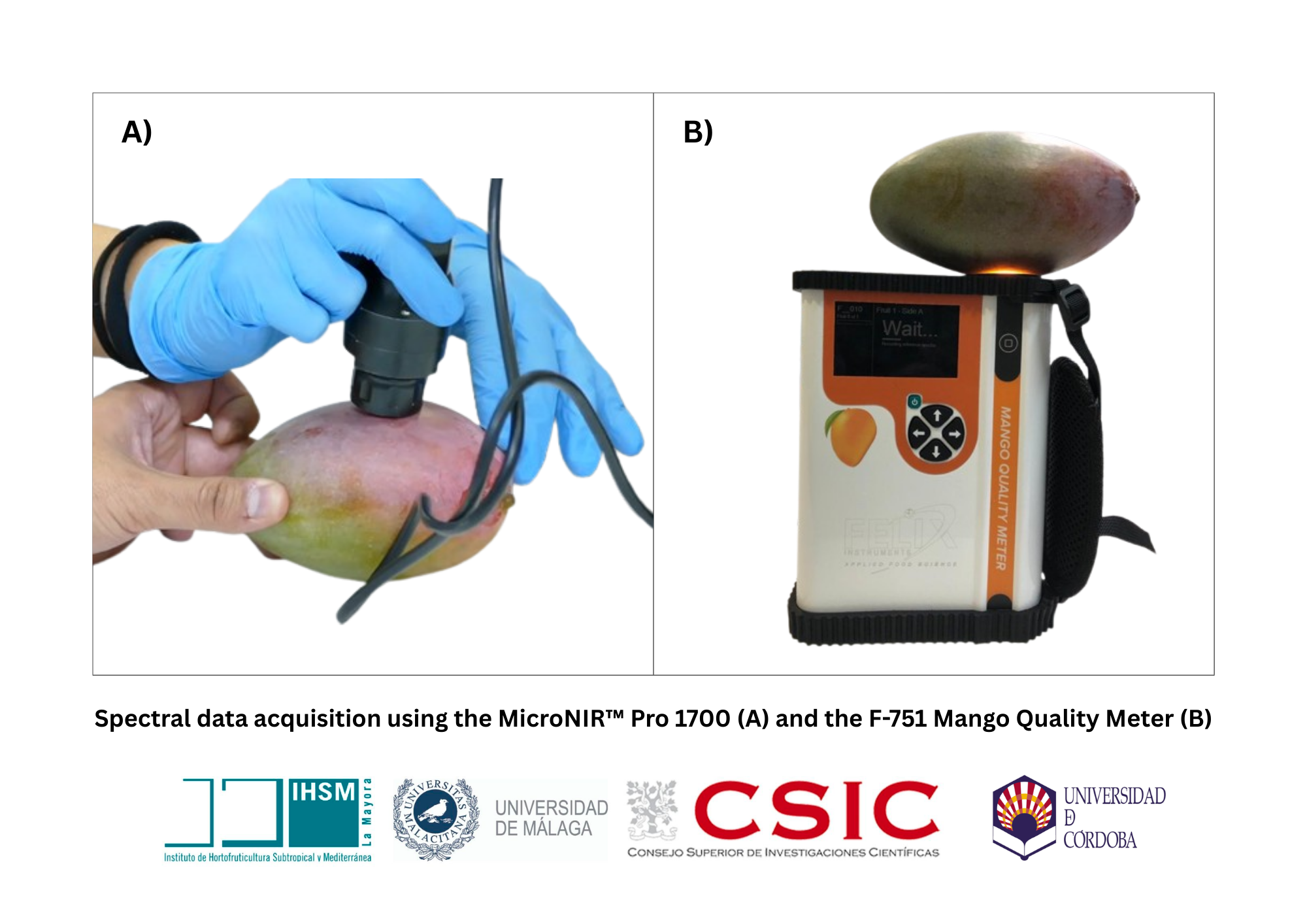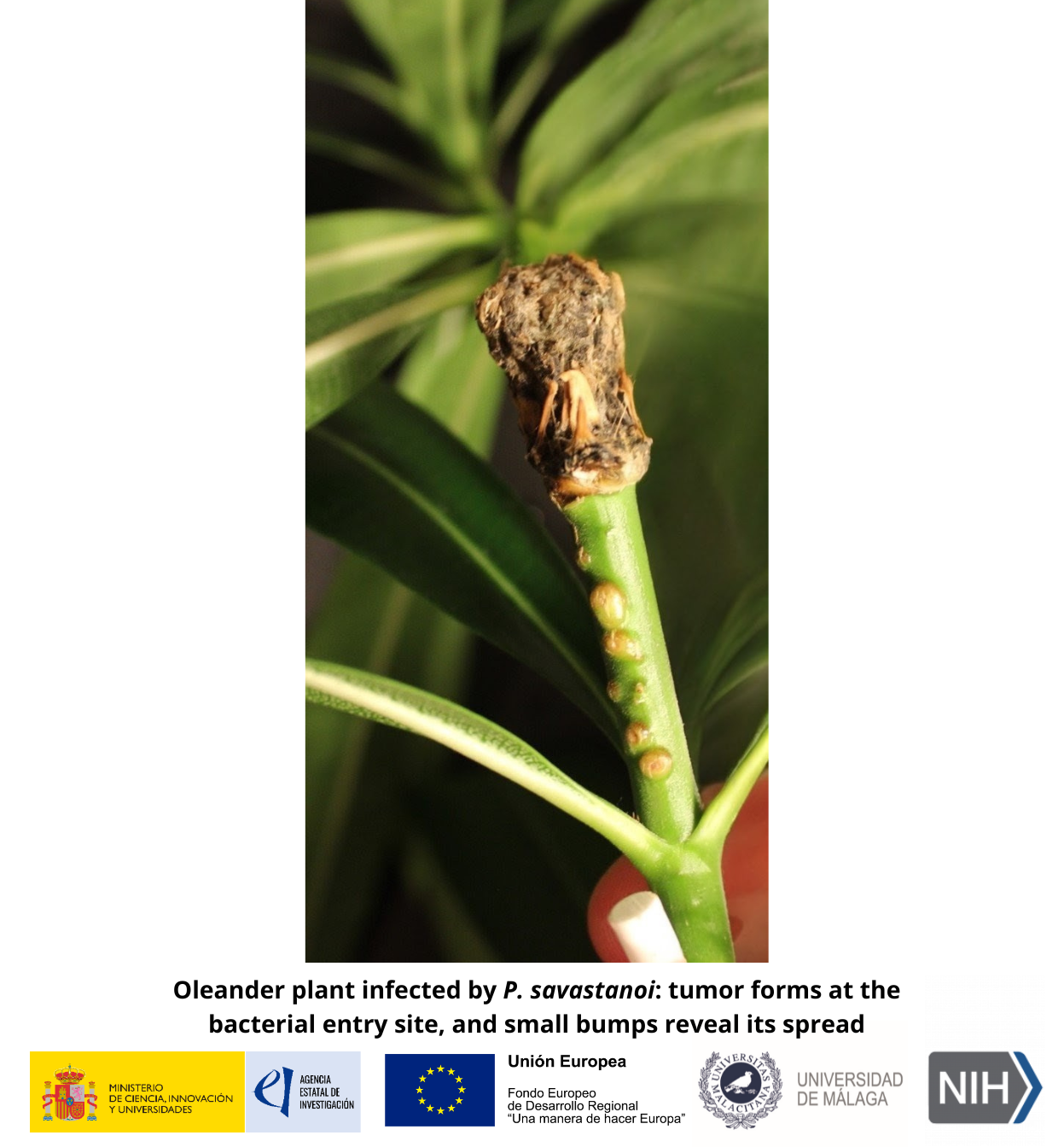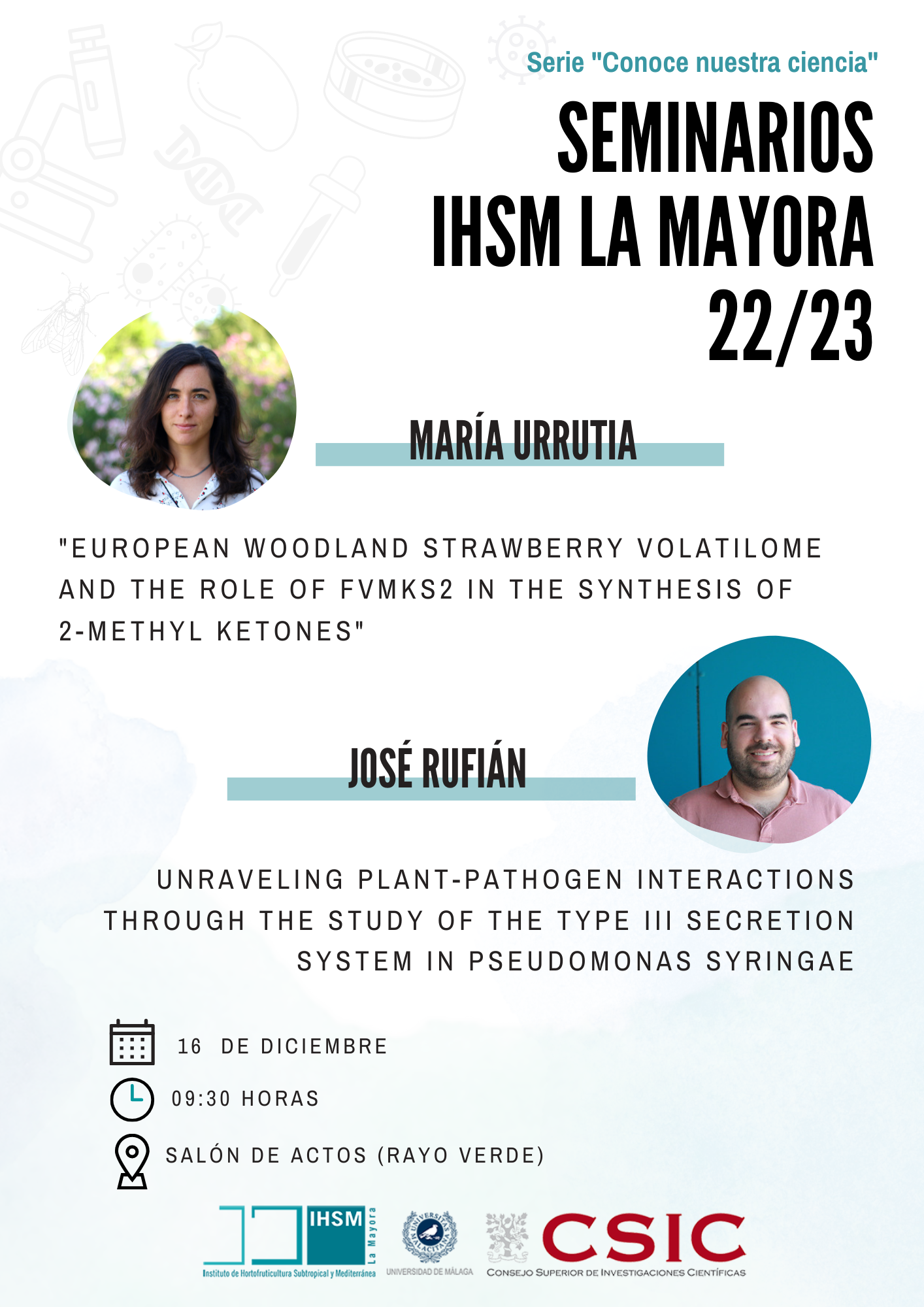
Seminarios IHSM La Mayora - María Urrutia | José Rufián (IHSM La Mayora UMA-CSIC)
Seminar IHSM La Mayora | María Urrutia Abstract: European woodland strawberry volatilome and the role of FvMKS2 in the synthesis of 2-methyl ketones Research projects at Dr. Posé lab (https://davidposelab.com) focus on understanding the gene regulatory network controlling strawberry fruit ripening and quality through different physiological, molecular, genomic, transcriptomic, and metabolomic approaches. Our work is structured in two main research lines: 1) Identification and characterization of transcription factors involved in strawberry fruit ripening regulation; 2) Identification of polymorphisms and genes associated with aroma-related volatile compounds. In this presentation, I will give a broader insight into this second research line. Volatile organic compounds (VOCs) are cues that mediate plant communication with their environment, being also essential for fruit aroma. Most VOCs are accumulated during ripening and released from the strawberry fruit receptacle. The volatilome of woodland strawberry (Fragaria vesca, 2x), the diploid closest ancestor of the cultivated strawberry (F. × ananassa, 8x) and the model species of the Fragaria genus, is very rich and diverse. In this context, we have studied a natural European collection of woodland strawberry comprising over 200 accessions that represent the genetic and metabolic variability of the species across the continent. We have extensively characterized its volatilome quantifying around a hundred VOCs by GC-MS and its fruit size and shape, revealing interesting patterns of association between volatile profiles and the geographical origin of the samples. Furthermore, in combination with genetic data available, a Genome-Wide Association Analysis (GWAS) has revealed multiple significant associations that have led us to the identification of candidate genes for several VOCs such as methyl cinnamate, methyl benzoate, α-farnesene, and 2-methyl ketones (MKs). In particular, we have focused on MKs, which are compounds with a demonstrated insect repellent effect. Our studies have allowed us to identify and functionally validate a thiosterase (FvMKS2) responsible for their accumulation on ripe fruits. In addition, we have identified a single amino acid change in its sequence as essential for its substrate preference. Currently, we are investigating the prevalence of 2-methyl ketones in other Fragaria sp. and exploring further their biological role in plant defense and its contribution to fruit taste and aroma. Seminar IHSM La Mayora | José Rufián Abstract: Unraveling plant-pathogen interactions through the study of the Type III Secretion System in Pseudomonas syringae Plants are constantly under the attack of a myriad of pathogens. Crop pathogens reduce the yield and quality of agricultural production and negatively affect food security. Thus, understanding plant-pathogen interactions is paramount for developing new and sustainable strategies to control disease and improve crop production. Central to the molecular interaction of the bacterial pathogen Pseudomonas syringae with its plant host is the Type III Secretion System (T3SS), essential to overcome plant defense responses and successfully complete the infection process. In the Type 3 secretion lab, we study diverse aspects of the plant-P. syringae interaction, including mechanisms driving virulence regulation on the pathogen side, to the regulation of defense responses on the plant side. One of our current interests on the bacterial side are the mechanisms underlying phenotypic heterogeneity in P. syringae, and its role in bacterial adaptation to the plant environment. We described for the first time the existence of phenotypic heterogeneity in the expression of the T3SS in a plant pathogen, leading to the formation of bacterial subpopulations differing in critical virulence phenotypes. On this front, we are currently working on the adaptive role of phenotypic heterogeneity and how it is integrated into the bacterial regulatory network through an epigenetic mechanism, likely based on DNA methylation.

